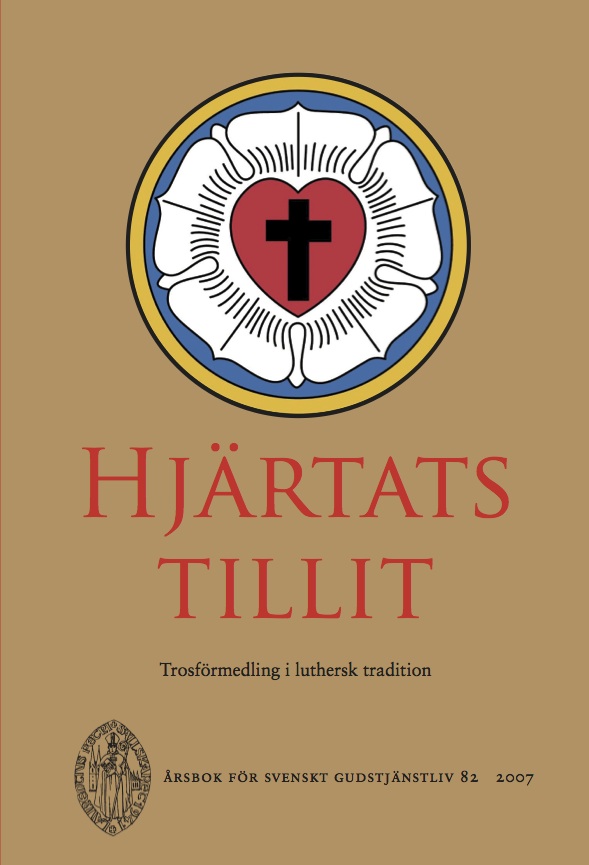Nun freut euch lieben Christen gmein. Den svenska receptionen av Luthers psalm
Abstract
"Nun freut euch lieben Christen gmein". The Swedish Reception of Luther's Hymn
Luther’s hymn »Nun freut euch» (Var man må nu väl glädja sig) is included in the first preserved Swedish hymnal, Swenske songer eller wisor, 1536. The translation, which was probably made by the reformer Olavus Petri, is very free and less dramatic and concrete than the original. The hymnbook has no music and in the hand-written chorale books from the 17th century the two tunes, which Luther had attached to the hymntext, were used to the same extent, Luther’s own tune from 1523 and a tune from Wittenberg printed 1533. Not until in 1697 a Swedish chorale book was printed and here the hymn is connected with the tune from Wittenberg 1533. S. A. Forsius made a new, more literal translation for Andeliga Psalmer och wijsor, in 1614, and this was incorporated in many hymnbooks, in addition to the old translation, during the 17th century. Later on, J. Arrhenius revised Olavus Petri’s translation. However, the old text was included, nearly unchanged, in the first official Swedish hymnal common to the whole country, Den svenska psalmboken, 1695.
The hymnal proposal in 1816 holds a revision by Olof Forsell. He has corrected the prosody and modernised the language. The ethical accent is more stressed. J. O. Wallin improved his text concerning style, before including it in Den svenska psalmboken 1819.
When, in the late 19th century, the Free Churches were established, very soon they published hymnals in which they even included traditional old hymns as »Var man må nu väl glädja sig.» Mostly this hymn is cut down to v. 1, 4, 5, and 8. The tune Wittenberg 1533 is mostly used. In Den svenska psalmboken 1937, the hymn text from the hymnal 1819 was preserved. Since the chorale book from 1921 Luther’s own tune is attached to the hymn.
The purpose of the revision of Den svenska psalmboken in the 1970s and 1980s was to rescue the heritage of the Reformation by adapting the language of the old hymns to that of contemporary time. For that reason Anders Frostenson made a quite new translation of »Nun freut uns». Using nine of Luther’s ten verses, he has kept the popular ballad form with a relating »I» and insertion of lines by God the Father and the Son. Generally speaking, the drastic struggle between God and the evil is played down in Frostenson’s translation, an adaptation to contemporary theology. Frostenson’s hymn text, »O gläd dig, Guds församling, nu» is incorporated in the ecumenical part of Den svenska psalmboken, 1986 (nr 1–325), and therefore we find it also in the hymnal Psalmer och sånger, 1987, common to several Free Churches, and in the hymnal for the Pentecostal Movement, Segertoner, 1988, in Frälsningsarméns sångbok, 1989, as well in the hymnal for the Roman-Catholic episcopate in Sweden, Cecilia, 1987. In addition, the old, traditional Swedish version of the hymn, with roots in the 16th century, is preserved in the last part of Den svenska psalmboken, 1986.
Downloads
Publicerad
Nummer
Sektion
Licens
© författarna, Laurentius Petri Sällskapet för svenskt gudstjänstliv samt Artos & Norma bokförlag. Det är tillåtet att kopiera och använda material ur Svenskt Gudstjänstliv för forskningsändamål om källan anges. För övriga ändamål kontakta respektive artikelförfattare samt förlaget. Särskilda restriktioner kan gälla för bildmaterial.


